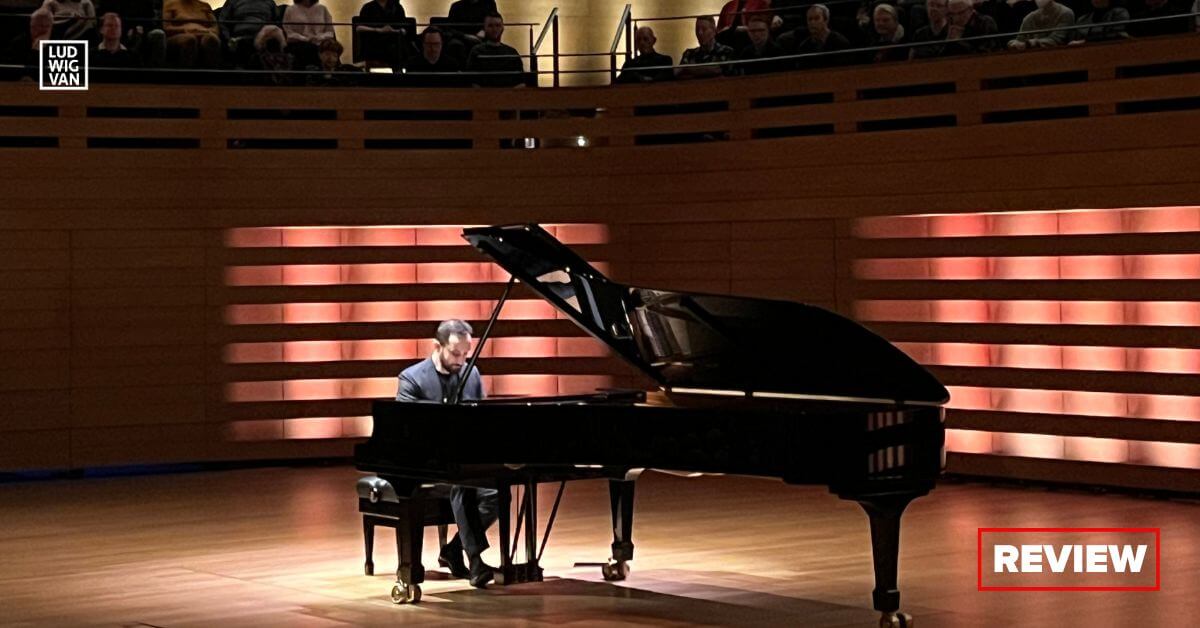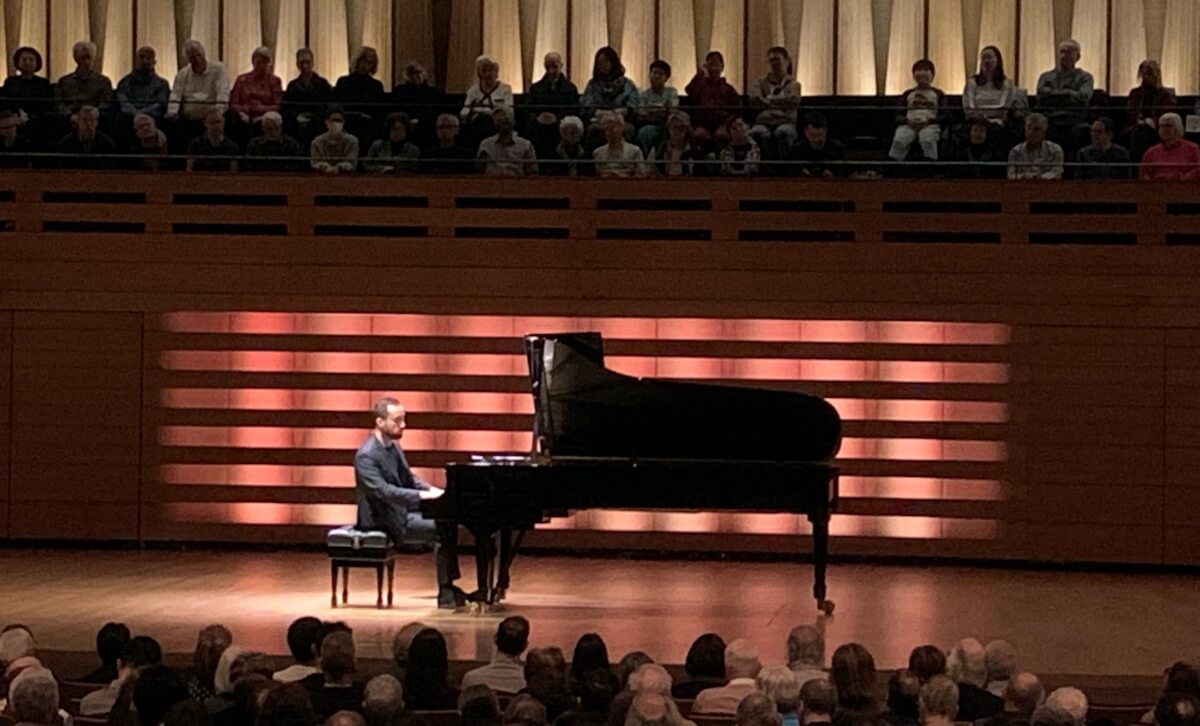
[ad_1]

Igor Levit, piano. Hindemith: Suite 1922. Mahler: Adagio from Symphony No. 10 (transcr. Ronald Stevenson). Beethoven: Symphony No. 3 (“Eroica”) (transcr. Liszt). Koerner Corridor, March 10, 2024. Offered by the Royal Conservatory of Music.
Transcriptions of orchestral works for solo piano occupy extra historic shelf area than is often supposed. Most had been printed for family use. Many nonetheless do yeoman’s service as research aids. On Sunday in Koerner Corridor, the Russian-born German pianist Igor Levit made a partly profitable case for his or her deployment as works to be heard in recital.
I say partly as a result of Beethoven’s Third Symphony (“Eroica”) proved to be extra piano-friendly than the Adagio from Mahler’s Tenth. The sooner rating, on the cusp of romanticism in music, is propulsive and vibrant; the latter, nearing its sundown, long-breathed and heavy-laden.
The is to not say the 25-minute Adagio (in a transcription by the late Scottish composer-pianist Ronald Stevenson) provided nothing to savour. It was intriguing to listen to this heartfelt music in one thing like blueprint kind. Harmonies had been clear and rhythms exact. Even the lonely opening melody for violas — devoid of expressive markings — appeared suitably plainspoken on the piano.
The much-discussed dissonant climax of this motion (Mahler’s final in completed situation) was one other matter. Effortful tremolos had been a poor substitute for the reducing brass and excessive violins of the unique. Nor had been dance components carried out justice, as Levit banged out first beats insistently. Fortunately, he summoned a fragile ambiance within the coda. Mahler, within the ultimate minutes, prevailed.
Beethoven, after intermission, was each extra fruitful and fewer problematic. Even the opening theme of this symphony is sustained by a pulse that adapts itself effectively to the keyboard.
Colors had been vivid. Counterpoint was playful within the growth of the primary motion and sforzando chords had thrust. Left-hand figures within the Funeral March evoked drumtaps. Whereas it couldn’t be mentioned that the oboe and flute weren’t missed within the C Main episode, Levit formed their rising strains songfully.

The Scherzo, with its crisply scampering thirds, suited the piano effectively. Triads within the Trio sounded hornlike and sturdy. If the variations of the Finale stretched the capability of the instrument to the restrict, this was all a part of the enjoyable. Levit’s efficiency was a tour de pressure. Credit score is owing additionally to Liszt, who knew a factor or two concerning the transcriber’s artwork.
This system started with music really written for the piano, Hindemith’s Suite 1922, a five-movement opus relationship from the title yr. Aside from the fragile Nachtstück, this was dense and lugubrious stuff, carried out accordingly — and from reminiscence. Levit performed the slow-moving Mahler from a pill that he operated himself, however selected sheet music and an old school page-turner for the Beethoven.
The large crowd gave him a standing ovation, maybe hoping to listen to an encore. The passion was partially a response to Levit’s appealingly relaxed stage deportment. He appeared to be a prepared wit, to guage by the chuckles his feedback aroused from these shut sufficient to listen to him.
It’s fascinating to suppose that Levit made his Koerner Corridor debut (on his thirty seventh birthday) with out taking part in any customary piano repertoire. Do solo-piano transcriptions of symphonies have a future within the live performance corridor? Most likely not. A lot as there was to take pleasure in on this Eroica, I left the corridor with a starvation to rehear the matchlessly inspiring unique.
Some transcriptions, in fact, work higher than others. I discover that the prolific German transcriber Otto Singer (1833-94) produced a solo-piano model of Richard Strauss’s An Alpine Symphony. Any takers?
Are you seeking to promote an occasion? Have a information tip? Must know the perfect occasions taking place this weekend? Ship us a be aware.
#LUDWIGVAN
Get the every day arts information straight to your inbox.
Join the Ludwig Van Toronto e-Blast! — native classical music and opera information straight to your inbox HERE.
[ad_2]